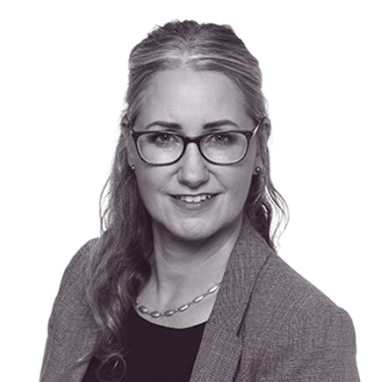With a clear plan, full co-operation from all parties and a single purpose, rapid movement can lead to quick progress: just think of a special forces unit or a medical team.
But how often is the reality of the business world like that?
Yet inevitably, businesses have looked at this model and embraced it as the gold standard to achieving success. If it is, why do so many deliveries fail, implementations go wrong and budgets exceed their limits?
Modern businesses commonly function completely differently to the model of small, focused teams with a single purpose. Imagine instead a termite mound, with a Queen, senior ranked termites and multiple workers. Yes, they are all working to a common purpose but, unlike the team of medics, they have little individual interest in the outcome. So why are they doing it?
The benefit comes from the security of being part of a large organism, of knowing what needs to be done and finding ways to achieve that. Their interest in effect is to support the survival of the mound, not themselves – even if that is abstract and impersonal.
For each worker, what is important is knowing what their role is, having the tools and experience to perform it and knowing that what they have done is adding value to the overall group.
If an organisation attempts to create fast, linked, reactive delivery teams, they risk failure as they attempt to cut through all the other workers moving through their daily processes.
How can you manage “activity is productivity” teams to be effective in business organisations?
The first requirement is to slow down! This may be counter intuitive but is critical to success.
Imagine your team of special forces operatives: they may seem all gung ho and focused on driving forward but that is actually the second part of their work. What came first were hours of reconnaissance, consideration, planning and reviewing risks and alternative scenarios. Of course this is the part that rarely gets seen in films.
Back to the office: slow down, do the preparation and make flexible plans. The landscape in an office is clearly not that of a military operation but look below the surface and you will find many similarities.
- All organisations are made up of multiple parties that need to be understood with their interests and motivations interpreted so that they become allies and not enemy agents.
- Physical (practical) obstacles such as heritage technical architecture and budget constraints need to be considered and accounted for.
- Key skills and people dependencies are as critical in business as in battle, such as getting access to the right people at the right time.
- The terrain may be challenging: multi site firms and international companies with time zones that constrain linking up.
The second part is to pull all that data into a plan, not just of project milestones and risk logs.
- A real plan thoroughly reviews everything that has been learnt during the reconnaissance phase and builds a comprehensive series of actions wrapped within a behavioural guide and people plan.
The third part is an ongoing activity.
- Situations change: regimes can change (politics can flip with organisational re-designs), the environment can change (external factors can influence strategy and decision making) and unforeseen challenges arise.
- These changes may have been considered in the initial plan – and even if not, there needs to have been flexibility built in so that adjustments could be made.
Through maintaining the planning mentality and re- thinking things within the core framework a team can keep the activity consistent with its original purpose even if the outcome differs.
By taking time to genuinely understand the whole picture, to plan thoroughly and then constantly reference back to the core data and adjust as needed a small agile team can indeed progress rapidly and deliver great success.



